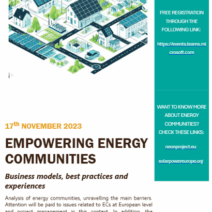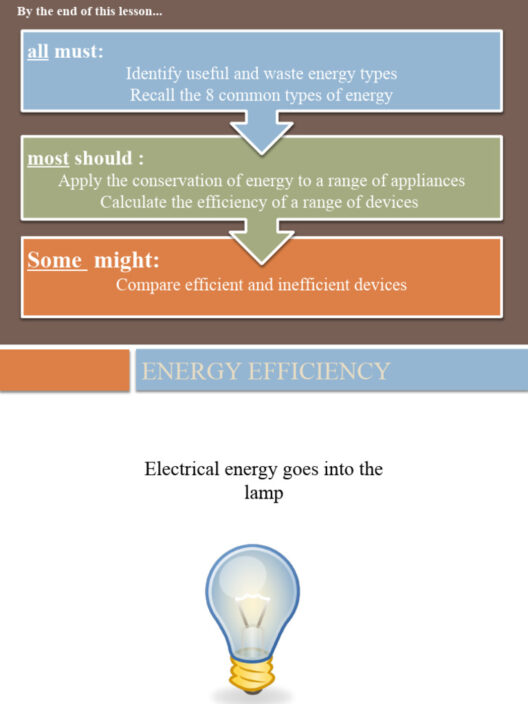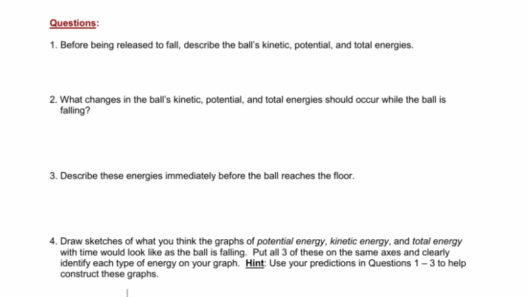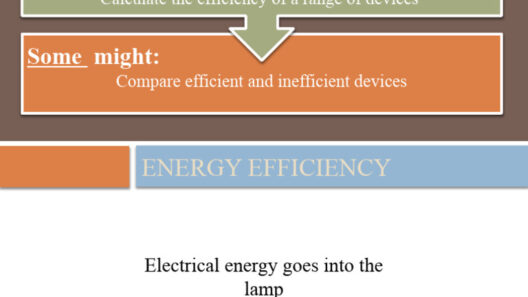Refrigerators are indispensable in modern households, serving vital roles in food preservation and safety. However, they consume significant amounts of energy, contributing to greenhouse gas emissions and increasing electricity bills. Understanding how to optimize the efficiency of your refrigerator is crucial in mitigating climate change while reining in costs. Below, we explore various strategies to conserve energy in refrigerators, illuminating the path toward more sustainable practices.
The Basics of Refrigerator Energy Consumption
Before delving into specific energy-conservation strategies, it is essential to grasp the mechanics behind refrigerator energy consumption. Refrigerators typically operate on a cycle involving the compression and expansion of refrigerants, which removes heat from the interior. This cycle is powered by electricity, and the efficiency of this process can vary based on multiple factors such as design, temperature settings, and placement within the kitchen. Understanding these elements lays the groundwork for effective energy-saving practices.
1. Temperature Management
First and foremost, the optimal temperature for a refrigerator is generally between 35°F and 38°F (1.6°C and 3.3°C). The freezer operates best at 0°F (-18°C). Setting your refrigerator too cold increases energy consumption unnecessarily. Conversely, higher temperatures can compromise food safety. Thus, regularly checking and adjusting the temperature settings can yield significant energy savings without sacrificing food quality.
2. Door Openings
Every time the refrigerator door opens, cool air escapes, and the appliance must work harder to re-establish the desired temperature. To minimize this impact, strategize your refrigerator use. Avoid prolonged door openings. Instead, organize your fridge to find items quickly, and consider making a list of what you need before opening the door. Adopting this strategy ensures a brisk in-and-out approach, effectively conserving energy.
3. Placement Matters
Where you place your refrigerator significantly influences its energy efficiency. Positioning it near heat-emitting appliances such as ovens or radiant sunlight can compel the unit to overwork. Ideally, it should reside in a cool spot, with ample airflow around its sides and back to facilitate optimal cooling. Keeping the refrigerator away from walls and cabinets can also enhance its efficiency.
4. Regular Maintenance
Routine maintenance extends the lifespan and performance of your refrigerator. Essential tasks include cleaning the condenser coils, which accumulate dust and debris that inhibit heat dissipation. Furthermore, routinely check door seals for cracks or damage. A faulty seal allows cold air to migrate out, making the unit work harder and consume more energy. Replacing seals when necessary is a cost-effective method to enhance performance and reduce wastage.
5. Stocking Strategies
How you stock your refrigerator can significantly affect its energy consumption. A fully stocked fridge retains cold temperatures more effectively than an empty one. However, overcrowding can restrict airflow, hindering efficiency. Employ a balanced approach by maintaining a well-organized yet adequately populated refrigerator. Utilize bins to segregate food types and increase accessibility, thereby minimizing door openings.
6. Energy-Efficient Models
If your refrigerator is ancient and constantly incurs hefty energy costs, it may be time to consider an upgrade. Modern refrigerators are designed with energy efficiency in mind. Look for models that display the ENERGY STAR label, which indicates superior energy performance. These advanced appliances often come equipped with enhanced insulation and more efficient compressors, translating to energy savings over their lifetime.
7. Temperature Insulation
Insulating your refrigerator is another innovative approach to energy conservation. External factors can affect your appliance’s efficiency. Ensure that your refrigerator is not exposed to extreme temperature fluctuations. For individuals living in warmer climates, utilizing reflective foil insulation can mitigate excessive heat absorption, thereby lessening energy demand.
8. Use of Energy Management Systems
Consider investing in energy management systems that help monitor and control refrigerator performance. These systems can provide insights into energy consumption patterns and offer recommendations for optimal settings. By gaining awareness of how your refrigerator uses energy, you can make more informed decisions about usage, leading to increased savings and sustainability.
9. Energy Audits
An energy audit, whether personal or professional, can yield valuable insights into your home’s energy consumption. Conducting an audit helps identify inefficiencies not only in the refrigerator but throughout your entire household. Armed with this information, you can implement proactive measures that significantly enhance energy conservation.
10. Eco-Friendly Practices
Finally, embrace eco-friendly practices by promoting waste reduction. Composting can significantly reduce the volume of food waste, thus mitigating the stress on your refrigerator. Additionally, be mindful of food expiration dates and consume perishables before they spoil. These actions not only aid in energy conservation but also contribute positively to the environment.
In conclusion, adopting energy-conservation practices in refrigerator usage is imperative for both environmental sustainability and financial savings. By understanding how refrigerators operate and implementing the strategies outlined above, individuals can significantly minimize energy consumption. A collective effort toward energy conservation will contribute to the global movement against climate change, ensuring a healthier planet for future generations.








